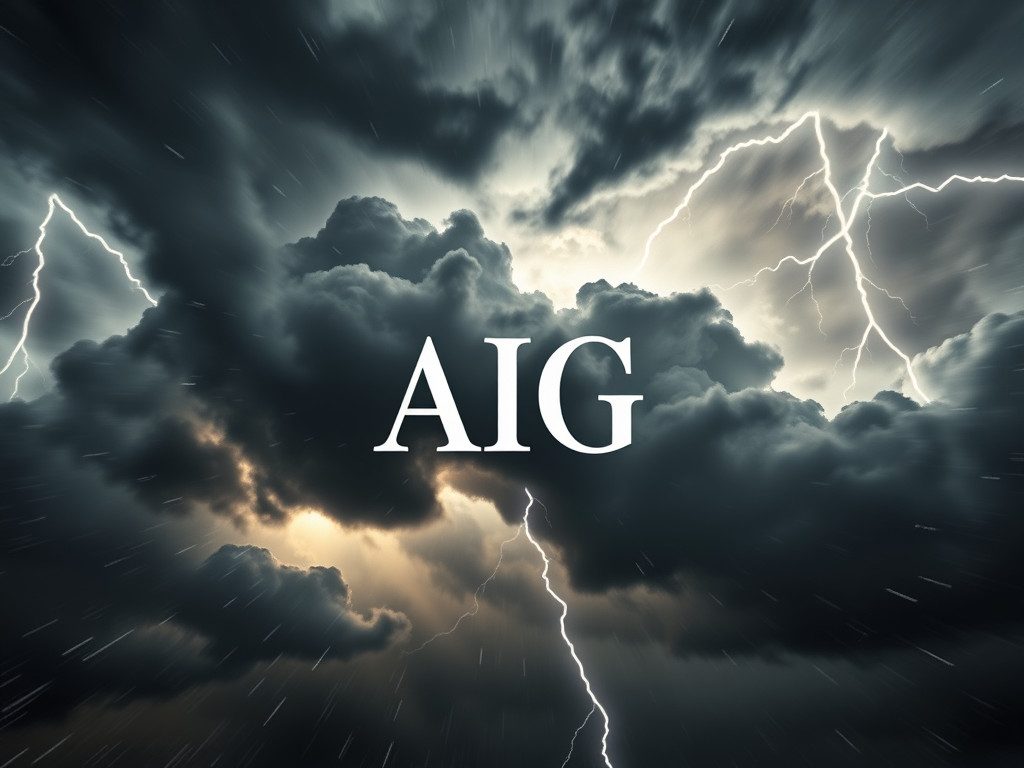The Risk Manager’s Diary

Preface: Welcome to My World
They say the trading floor is the heartbeat of an investment bank. But if that’s true, then risk management is the nervous system — the one that twitches before a punch lands.
My name? Let’s just say you can call me AL. That isn’t the name on my ID badge, but it will do for now. Why the secrecy? Because in my world, names attract attention, and attention is dangerous. Traders don’t like it when you tell them to cut their positions. CEOs don’t like it when you point out the risks hiding behind their billion-dollar dreams. Regulators1 don’t like it when you say their rules came too late. And yet, all of them depend on me — the risk manager.
This diary is my refuge. It’s where I can finally talk, not in boardroom whispers or sterile reports, but in my own words.
My Job in One Line
I don’t stop risks. I negotiate with them. Every day, I step into a jungle filled with predators: market risk2, credit risk3, liquidity risk4, operational risk5, strategic risk6, and reputation risk7. They’re not just concepts. To me, they’re beasts that circle the campfire. I don’t kill them. I tame them just enough so that my firm survives one more day.
Sometimes I succeed. Sometimes I barely escape. And sometimes… I lose.
Why Am I Writing This Diary?
Because no one really knows what we do. Movies glorify the traders who bet big, or the CEOs who swagger through headlines. Risk managers? We’re the shadows in the background, the cautious voices ignored until disaster strikes. Then suddenly, when the building is on fire, everyone screams: “Where was risk management?”
I’m tired of staying in the shadows. So here, I will tell you what I see. I will share the battles I fight every day, the formulas I lean on, the lessons history carved into our collective memory.
This is not theory. This is survival.
A Glimpse Into My World
On Monday, a trader stormed into my office, red-faced. His bet on crude oil had gone sour overnight. Prices had plunged. He wanted to double down to “average out” his losses. My job? To run the numbers, to calculate whether the risk was justified, and then to look him in the eye and say: No. He hated me for it. But I may have saved the firm millions. That was market risk2.
On Tuesday, I sat across from a credit officer who wanted to extend another loan to a property developer already knee-deep in debt. I saw the spreadsheets, the repayment schedules, the assumptions. And then I saw the flaw. The man was building castles on sand. That was credit risk3.
By Wednesday, the treasury8 called. “We can’t roll over tomorrow’s funding. Lenders are nervous.” Assets worth billions on our balance sheet… but no one willing to buy them without a massive discount. That was liquidity risk4.
Thursday, a glitch in our payments system delayed client transfers. Phones rang off the hook. I remembered Barings Bank, destroyed by a rogue trader. I remembered Herstatt, which collapsed in a single afternoon because money crossed one border but not the other. That was operational risk5.
And Friday? Ah, Friday was worse. A leak in the media suggested our bank had mis-sold products. Overnight, our name was splashed across headlines. Clients called, regulators circled, investors whispered. That was reputation risk7 — and it can kill faster than all the others combined.
What You Will Find Here
So, welcome to my diary. Each entry will be a story. Some will begin with a heated argument on the trading floor, others with a quiet observation in a board meeting, others still with a crisis unraveling in real time. But behind every story is a concept: a formula, a model, a lesson.
Here, you will learn:
- How to recognize risk before it strikes.
- How to measure the unmeasurable.
- How to interpret the language of probability, statistics, and models.
- How to see the hidden connections between risks.
- And how history’s great disasters — from Herstatt to Barings, from Lehman to Wells Fargo — still echo in the choices we make today.
- When you invest in stocks, you face market risk2.
- When you lend money to a friend, you face credit risk3.
- When your salary is delayed, you face liquidity risk4.
- When your system crashes, that’s operational risk5.
- When your company bets on the wrong product, that’s strategic risk6.
- And when your name is tarnished, no amount of money can buy trust back. That’s reputation risk7.
Why Should You Care?
Because risk is not just a banker’s problem. It is everywhere.
Risk is life. Risk management is survival.
The Journey Begins
So, dear reader, walk with me through these halls. Hear the arguments, watch the spreadsheets glow on my screen at midnight, feel the weight of decisions that can move markets.
This is not just my story. This is your invitation. Because maybe, one day, you will sit across from me, fighting the same beasts, making the same calls.
Until then, welcome to The Risk Manager’s Diary.
Let’s open the first page.
Footnotes
1. Regulators — government authorities that supervise banks and financial institutions.
2. Market risk — the danger of losing money due to changes in prices, interest rates, or other market movements.
3. Credit risk — the chance that a borrower fails to repay their loan or obligation.
4. Liquidity risk — the risk that you can’t quickly buy or sell assets without taking a loss.
5. Operational risk — the risk of loss from internal failures (systems, processes, people) or external events.
6. Strategic risk — losses due to poor business decisions or flawed strategy.
7. Reputation risk — damage to trust and brand that can cause clients and investors to flee.
8. Treasury — the department in a bank that manages funding, cash flow, and liquidity.



